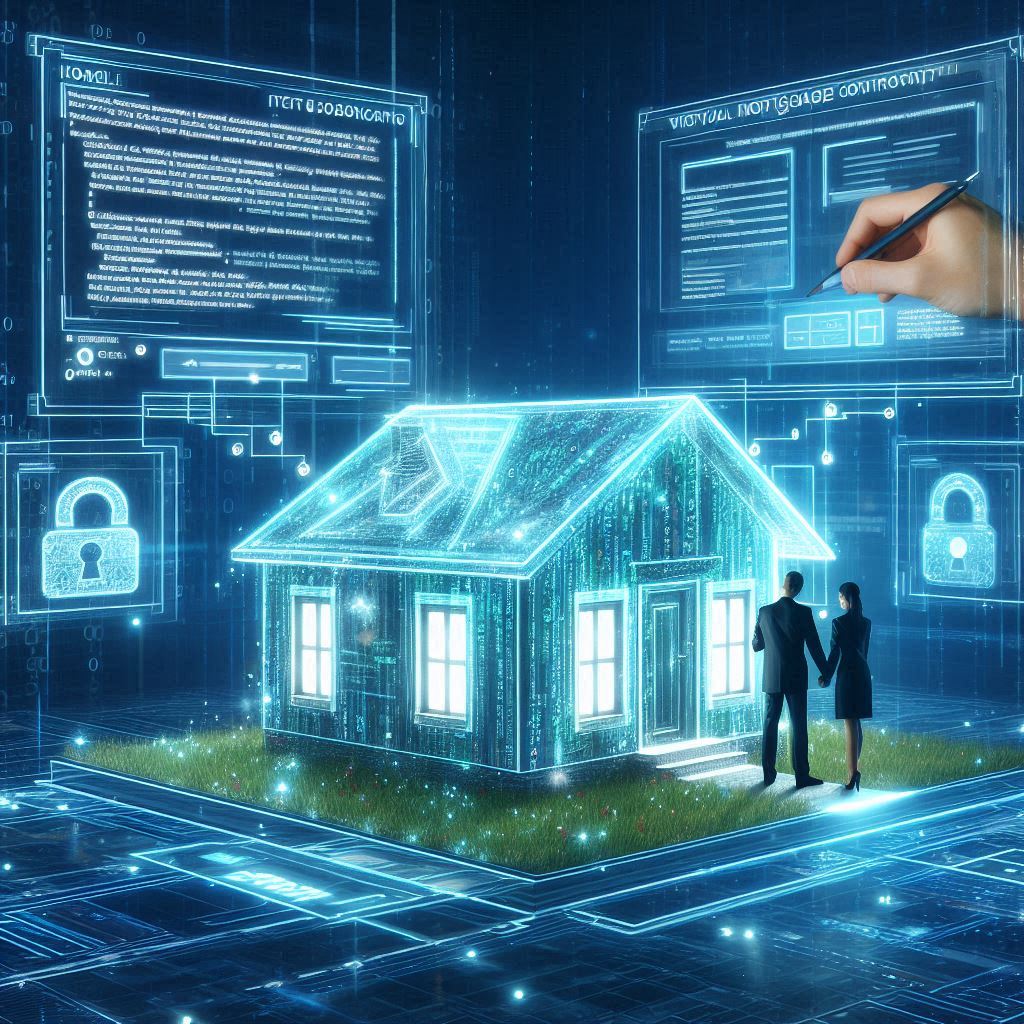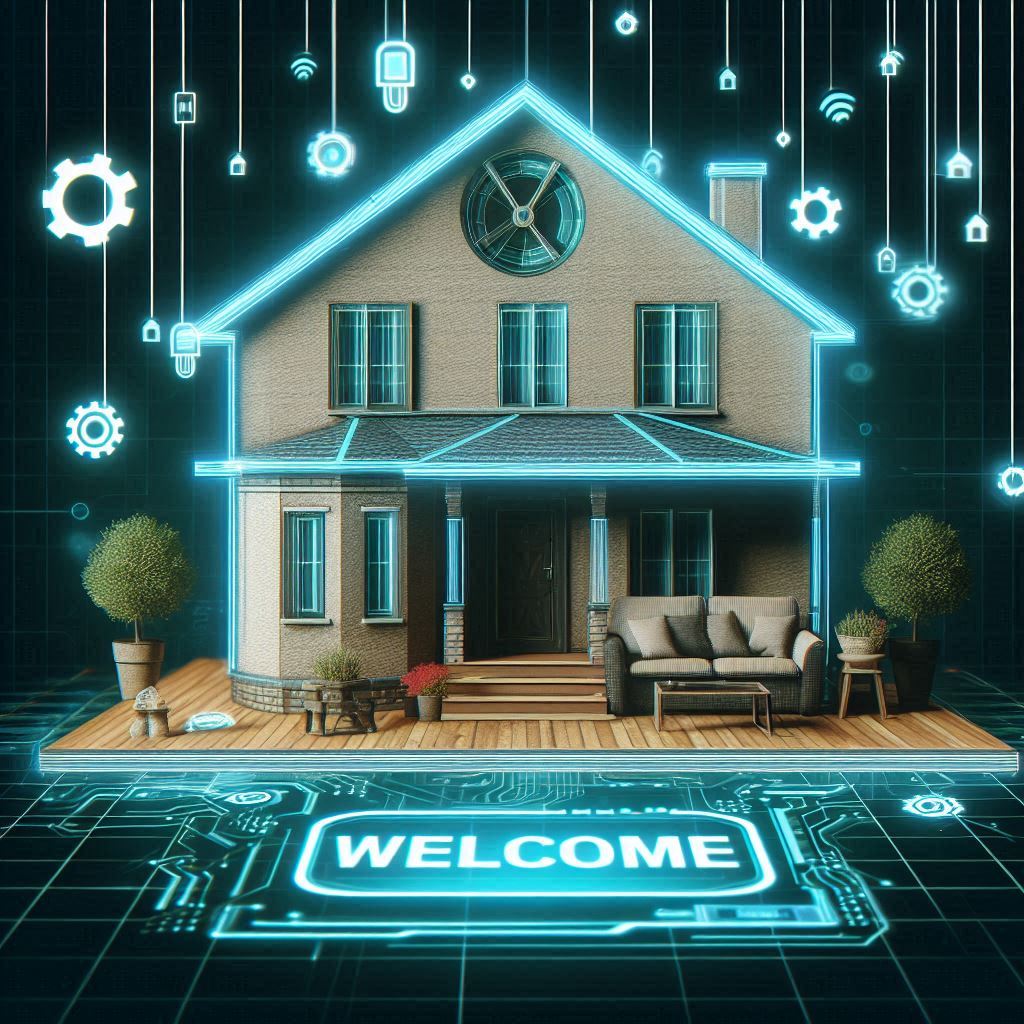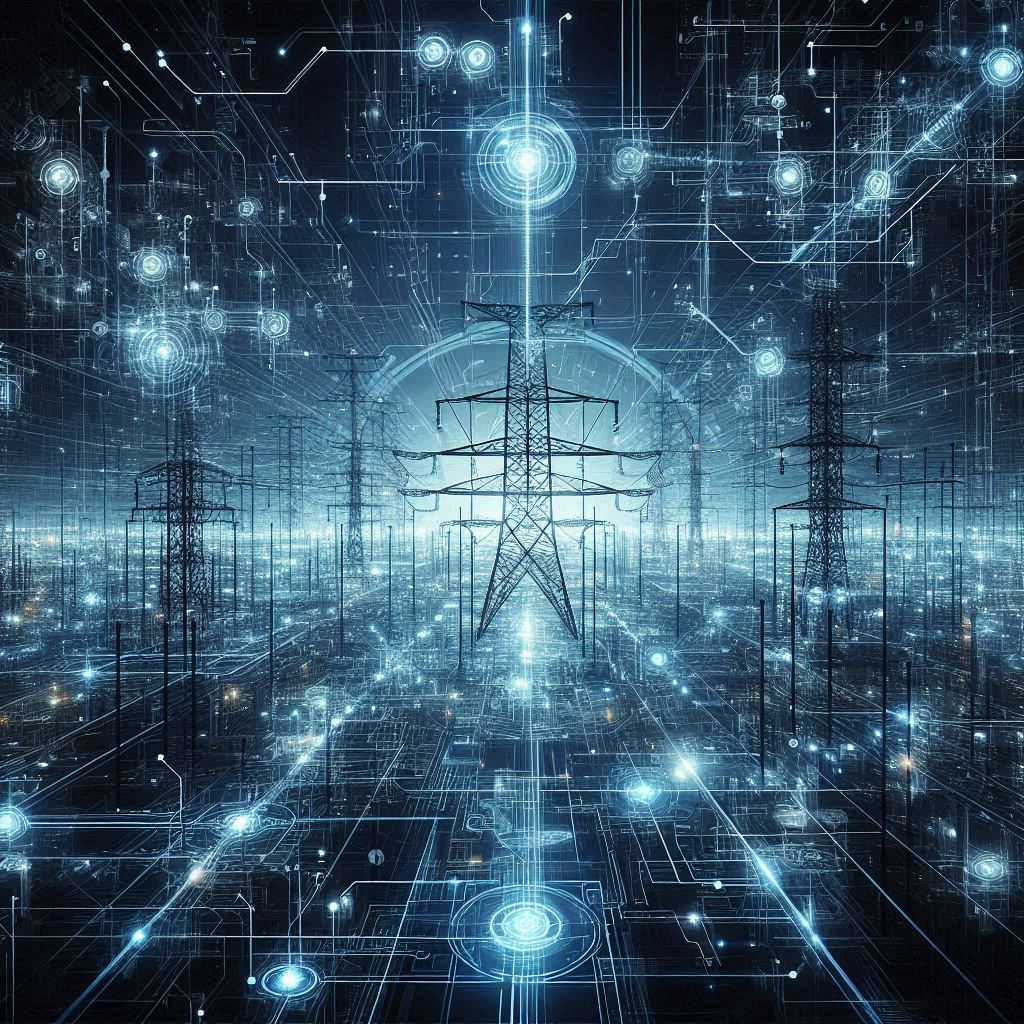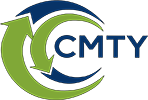Welcome to the Community
Real Estate
The conventional system for buying and financing real estate is slow and expensive. It made sense seventy years ago when people would buy one or two homes in their lifetime. Times have changed and we need new technology that fits our fast-paced lifestyle. Community Coin has the answer.


Tokenizing Your Home
The Assets in Your Vault
For many people, the first asset they tokenize will be their home. The resulting “vault coins” after settling debts could be utilized for community enhancement projects.
Now that you’re debt free and you still have thousands of coins in your vault, what’s next? Book a cruise around the world? Take 20 of your closest friends to the Superbowl? Keep in mind that if you sell any of your assets, those coins need to be paid back.
Put those coins to work, making more coins. Through the marketplace, we’ll be offering opportunities to use your coins to back loans for tiny homes and other real estate.
Tiny homes could be a huge step in making homes more affordable, but mortgage companies are not interested in financing them since the loans are tiny, too. Loans under $100,000 are perfect for our members. We’ll show you how you can make a great return helping people achieve their life’s goals.
Once we prove this method with tiny homes, the rest of the real estate industry will want to get in on this as well. This will usher in a whole new real estate finance system and we’re in on the ground floor (pun intended).
Using Real Estate to Create Community Coins
A digital representation will be stored in your vault as a Non-Fungible Token (NFT). This means that we will take information about the property, including photos and descriptions of its features and encrypt them into a digital file. That file will be stored on the internet using blockchain technology so that it can’t be altered.
A value for the property will be established using an automated “oracle”. If the owner feels that the value is not accurate, they can hire an appraiser to value the property at the owner’s expense. Coins equal to the value of the asset and are minted and placed into a vault owned by the asset holder. From there some of them can be withdrawn and converted to cash to pay off mortgages, or any other loans. Coins can also be used for other purchases.
If the asset owner decides to sell the asset, they must pay back the coins, otherwise the coins would no longer have an asset backing them. We considered a number of different documents to insure that this happens. Most involve a lender and a lendee and repayment of a loan with seizure as the remedy for nonpayment. Since our asset holders are creating the money and lending it to themselves it makes no sense to foreclose or repossess an asset from yourself.
An easement has no payments, no time limit and no seizure clause. It simply notifies the world that someone has a claim to the use or the title of the property. If a person wants to sell the property, the escrow officer will see the easement during their title search, contact the community and make arrangements to pay back the coins from the proceeds of the sale just as they would pay off a loan. The escrow officer will include and record a release of the easement as part of the closing documents.
When a member of the community wants to exit, they remove their assets, pay back any coins minted by them and they can convert any remaining coins to cash and close their account.
Tiny Homes and Micro Grids
Our partner company, GOe3, has developed a low cost residential EV charging system that manages solar panels and utility demand; uses the EV battery as backup power for the home; oh, and it also charges the EV. If you don’t have an EV yet, it can be configured with a backup battery.
With our tiny homes partner, Eagle Log Cabins, we’ll be building entire communities of tiny homes, each with its own solar and EV power management system. The addition of our “Micro Grid” modules, which include solar panels, battery storage and control equipment, we’ll be able to take these communities entirely “off the grid”, making them fully self-sustaining.
Grants and tax credits will cover a great deal of the cost of these systems and we’ll actually be removing some of the load from our aging national power infrastructure, saving taxpayers money. It also enables us to build these communities in remote locations where there is no power available.
Freedom from mortgage companies. Freedom from utility companies. As more people become aware of the benefits, demand for such systems will grow, potentially forcing traditional industries to adapt or be left behind.

